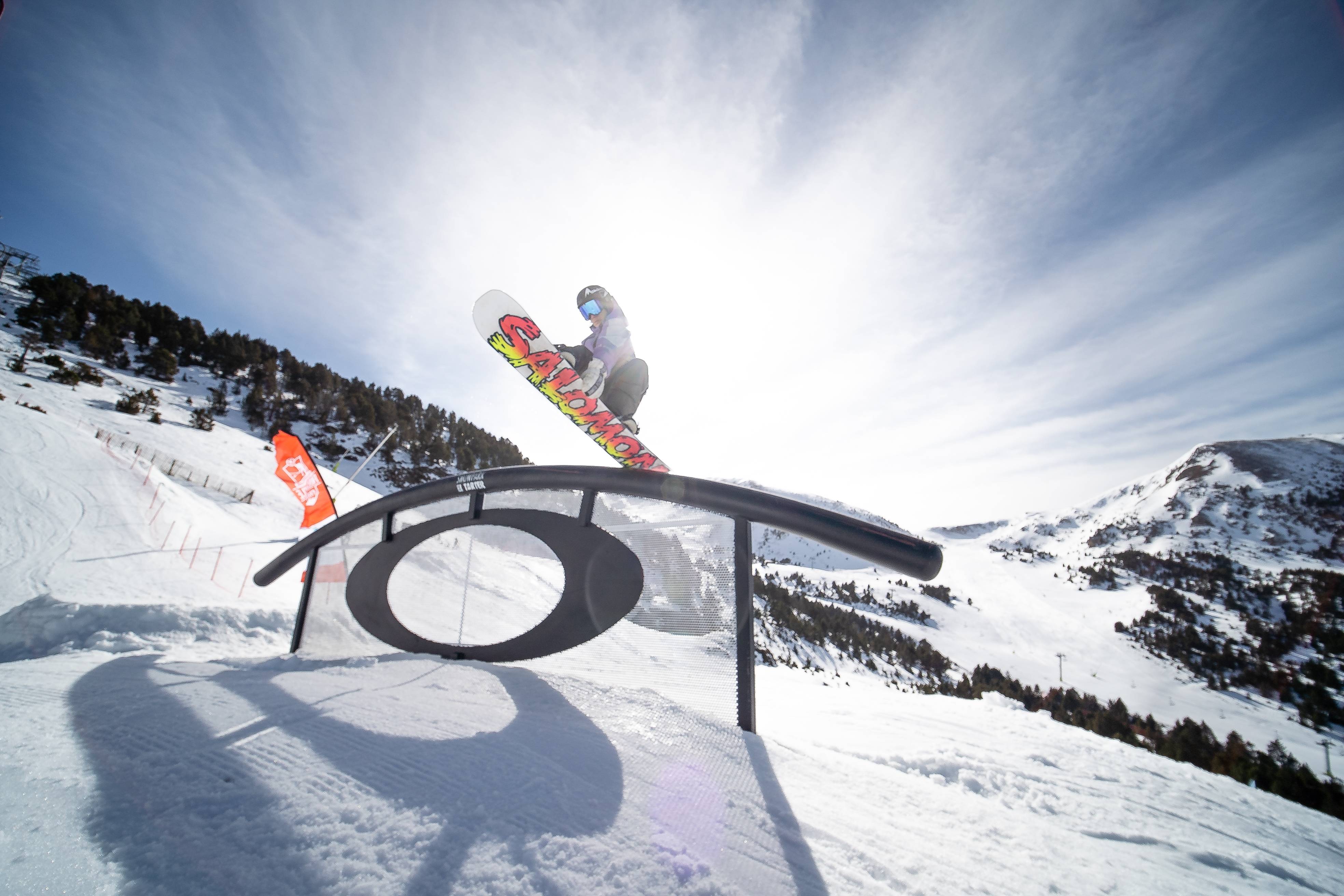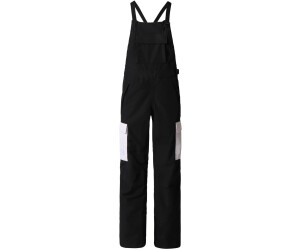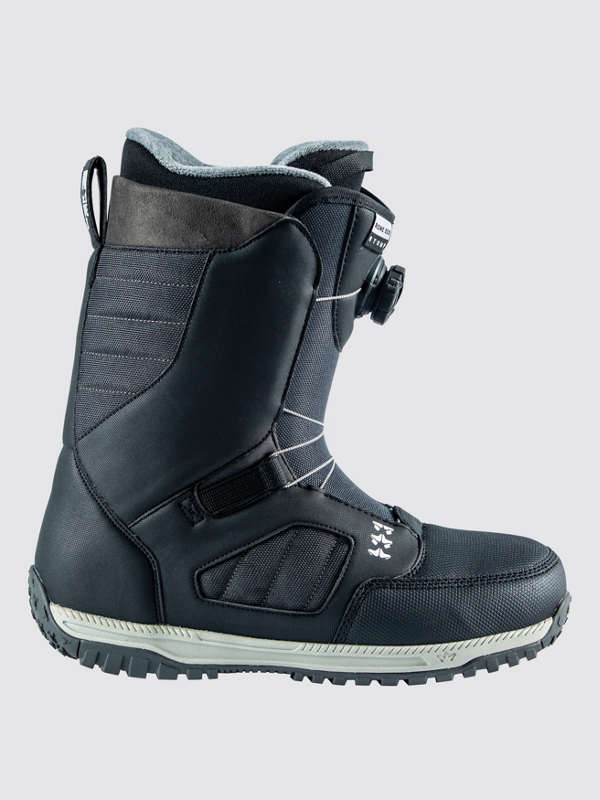
Ski jackets should be windproof and waterproof for the large movements skiers make up a mountain. They are also comfortable and fit well.
Some of the most prestigious brands make the most expensive ski jackets. They are usually more luxurious than ordinary ski jackets. Although they are designed for specific skiers, they can still be useful for anyone who wants the best possible experience on the slopes.
These jackets usually have a waterproof shell and breathable layer with an insulation layer underneath. This makes them ideal for those who are planning to hike or venture off-trail. They are ideal for resort skiers that want to keep dry in the snow, but they do not perform as well when there is a change of weather.

High-end insulated ski jackets typically feature down or synthetic fill (PrimaLoft Gold and Patagonia's PlumaFill are two of the most luxurious options), but budget designs are also available that use synthetic materials and can be a little less comfortable for longer hikes and backcountry adventures.
Waterproofing is essential in any jacket. Top-of-the line models such as the Sentinel AR or Arc'teryx Sabre AR offer 28,000mm protection to ensure maximum durability. Some jackets come with waterproofing features that protect against rain and allow for it to escape.
Breathability is another important consideration, especially if you'll be skiing on powder days, so you can maximize your output and stay comfortable in variable weather. Most skiers will need a jacket that has 10,000g of breathability. However, backcountry skiers or uphill athletes should choose jackets with 20,000g or more breathability.
Most insulated ski jackets have a powder skirt, a piece of material that snaps around the waist to trap snow and keep it from seeping into the outer layers. While these are no longer necessary, they're still important if you plan to go off-piste.

Good ski jackets should be comfortable to wear. They should have enough room for a long-sleeve synthetic underlayer and fleece on the bottom. You won't need to carry it around with you.
This will also help you avoid the chafing and rubbing that can occur when your skin is exposed to the elements. It's a good idea to test your new ski jacket out in the snow before you leave for the slopes so that you can get the right fit and feel.
Your body type, weight, and level of activity will determine the best fit. It's important to ensure that the fit is not too snug or too loose, as this can restrict your mobility and comfort.
FAQ
Where can I store my luggage safely?
There are many choices. You can use lockers at airports as the most common option. They are usually located close to the security area. They cost between $5-10 per day, depending on the locker size.
You can also rent a storage space. These units can be found in shopping centers and hotels. While prices can vary, there are some places that offer discounts for multiple units being rented together.
Third, you can hire a porter. The porter will carry your luggage from your carousel to your bedroom. You pay a small fee each time he helps you.
How do I prepare my body for vacation?
To maintain a healthy lifestyle on vacation, you must eat well and exercise regularly.
Before you leave for work, it is important to be well-hydrated and rested.
All necessary travel documents should be prepared.
You should also ensure that you have enough medicine to last you through your trip if you plan to take any medication.
Make sure you bring a change of clothes in the event that you are injured or get sick.
Which documents should I bring with me on vacation?
Keep copies of important documents handy for when you're on the move. If you plan on using an ATM machine, you may want to keep a copy of your passport, driver’s license and other official identification cards.
A photocopy is always a good idea. This can be used to verify your identity, if necessary.
Don't forget to attach copies of your itinerary or reservations. These will help keep you organized and allow you to plan your trip.
Keep a copy of the flight ticket and details for your hotel reservations. You'll be able contact someone back home in case you need them.
It's a good idea to never leave valuables unattended. Make sure you have a place to store your valuables, such as a money belt or in your luggage.
To avoid costly items being lost, make sure you check your luggage before you leave.
Remember: It's safer not to plan too much than to keep everything simple.
Enjoy the ride and just relax.
Which are the best places to stay abroad for a bargain?
You can find cheap accommodation in hostels, hotels and guest houses as well as bed & breakfasts.
Hostels offer affordable accommodation in dorm rooms with shared bathrooms and living areas.
Hotels are often located in tourist areas. They offer private rooms with en-suite bathrooms.
Although they look similar to hostels in that they have smaller rooms and more people sharing each one, guesthouses can be quite different.
These beds and breakfasts are very well-liked by budget-conscious travelers. Guests are able to stay in private homes, and they can enjoy a full-service breakfast.
Should I get travel insurance?
Travel insurance is vital if you're planning to travel. It's important that you are covered for all kinds of adventure sports.
If you plan on skiing, make sure that you have health insurance. You should also look into getting coverage for things like theft, loss, and damage.
Cover for cancellation should be considered. This means that you can cancel your holiday without paying any penalties.
Additionally, it is a good idea to ask for emergency evacuation coverage. This includes being taken off the mountain in case of an avalanche or other natural disaster.
Statistics
- They're also likely to offer babysitting services, in case you'd like to have dinner one night after 7 p.m. (travelandleisure.com)
- Case in point: the private island of Ilha Caldeira, less than seven miles off the coast as part of the Primeiras and Segundas Archipelago, is located within the marine-protected area with 20 percent of the country's intact living coral. (travelandleisure.com)
- Pack sweaters, jackets, and underwear in reusable compression bags creating up to 75% more space in your luggage. (wikihow.com)
- Between the ages of 11 and 13, kids, or tweens, will likely want some autonomy but also need boundaries. (travelandleisure.com)
- Alcoholic beverages with more than 24% but not more than 70% alcohol are limited in checked bags to 5 liters (1.3 gallons) per passenger and must be in unopened retail packaging. (tsa.gov)
External Links
How To
How to plan for your next holiday
Planning a trip requires many things, such as booking flights and hotels, car rentals, activities, and so on. This includes important considerations like budget, destination and weather forecast.
These are the things you should keep in mind as you plan your next vacation.
We have put together a step-by–step guide to help plan your next vacation. This guide was compiled based upon customer feedback and experience. We hope that you will find the following guide useful in planning your next vacation.
Steps:
-
Your Budget Plan - It is important to plan your budget before you start planning your trip. Before you can start planning where and what you will do, you must first know how much you are willing to spend. In the event that you don't have enough cash, you might need to cancel your plans.
-
Book Flights - The first thing you should do after deciding on your budget is book your tickets. Book the best available flight deal at the lowest possible price. You should also check to see if any airlines offer special deals during specific seasons. These deals can save you lots of money.
-
Your Destination - Now that you've booked your plane ticket, it's time to choose where you want. Multiple factors will play a role in choosing the destination you choose, such as location (wherever you are), climate (what season), culture (how friendly and affordable it is), cost (how affordable it can be) and cost.
-
Find Accommodations. There are many accommodation options available, from inexpensive hostels to luxury suites. Your needs and preferences will determine the type of accommodation that you choose. For example, staying in a hotel may not be ideal if you're looking for a place close to the city center. On the other hand, if you prefer quiet places away from crowds, a homestay may suit your requirements better.
-
Select Activities & Attractions: Now that you have selected your accommodation, it is time to decide which activities and attractions to include in the itinerary. Depending on your length of stay, you may choose to add or remove activities.
-
Plan Your Trip - Once you have decided on the attractions and activities you want to include, you can now plan your itinerary. Sticking to a plan will help you maximize the value of your trip. If you have the freedom to roam as you please, your trip will be even more enjoyable.
-
You can create an itinerary by creating itineraries. It is important to write down everything you need, from accommodation to meals, to activities to restaurants, and to create a list.
-
Research Online - Do your research online before you travel. Find out what other travelers have to say about different destinations by reading reviews and testimonials. You will be able plan accordingly.
-
Don't Overpack - This is one of the most common mistakes people make when packing. Avoid bringing more than three sets of clothes. Make sure you bring clothes that are appropriate for the area.
-
Be Prepared - Finally, be prepared! Make sure you have everything prepared before you go. It's not a good idea to spend time looking for documents while you are still on the move.